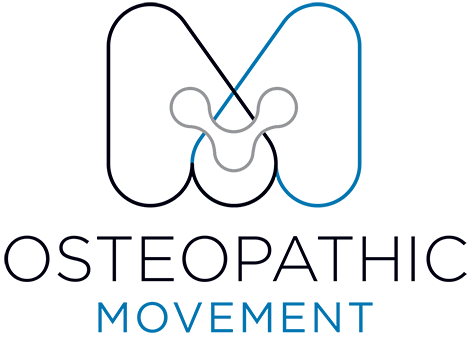Maximising Your WFH Set-Up
Maximising Your WFH
Set-Up
Maximising Your Working From Home Set-Up
With flexible work now part of everyday life, many of us spend long hours at our home desks. If you’re one of the 70% of Melburnians who want to keep the benefits of working from home, it’s worth making sure your space supports your body as well as your productivity.
Here are our top five osteopath-approved tips to optimise your home workstation and stay pain-free.
1. Choose the Right Chair
Your chair forms the foundation of your setup. If you’re using a dining chair, try this:
Roll up a bath towel and place it between your mid-back and the chair to support your natural spinal curve.
Adjust the towel higher or lower for comfort.
If the seat feels too firm, add a thin cushion or folded towel for extra padding.
The goal is to support your spine while allowing freedom of movement.
2. Adjust Desk and Chair Height
Your desk and chair should allow your elbows to sit at or slightly above desk height when typing.
If your chair adjusts, tweak the height until your arms rest comfortably.
If your feet don’t touch the floor, use a footrest or stacked books to create a stable base.
Small height changes can make a big difference to posture and shoulder tension.
3. Improve Your Laptop Setup
Laptops are convenient — but prolonged downward viewing angles can lead to neck strain.
Push your laptop further back on the desk so your forearms are supported.
Raise the screen to eye level using a stand or stacked books.
If possible, use an external keyboard and mouse so your arms and wrists stay relaxed at a 90° angle.
4. Add Helpful Accessories
Ergonomic tools can make working from home more comfortable:
An external monitor, keyboard, and mouse promote better alignment.
A laptop stand keeps the screen at eye level and reduces forward head posture.
Keep accessories within easy reach to avoid repetitive strain through the shoulders and wrists.
These small upgrades reduce fatigue and improve productivity throughout the day.
5. Move Regularly
Even the best desk setup can’t replace movement. Try to:
Take movement breaks every hour — stand, stretch, or walk while taking phone calls.
Perform a quick desk mobility routine (neck rolls, shoulder circles, hip openers).
Alternate between sitting and standing if you use a height-adjustable desk.
Remember: there’s no perfect posture. The best posture is the one that keeps you moving comfortably.
Additional Resources
Safe Work Australia has an excellent, easy-to-read guide on home workstation ergonomics:
Working from Home Workstation Setup Guide (PDF)
The Takeaway
Creating a supportive workspace isn’t about perfection — it’s about balance. Small adjustments to your chair, desk, and screen height can make a huge difference to how your body feels by the end of the day. Combine this with regular movement, and you’ll stay comfortable, productive, and pain-free while working from home.
Book Your Appointment
If you’re experiencing neck, back, or shoulder tightness from your home office setup, our experienced osteopaths can help relieve pain and optimise your posture.
• Meet our South Yarra osteopaths
• Explore our Osteopathic Movement wellness centre
• Book your appointment online
Written By Dr. Ashby Smith (B.HSc, B.HSc + B.ApSc (Osteopathic Medicine)) - Associate Osteopath, Osteopathic Movement, South Yarra.
